Descripción
Principios básicos y cálculos en ingeniería química, séptima edición, es una introducción completa, práctica y fácil de usar para los estudiantes a los principios y técnicas de la ingeniería química, petrolera y ambiental contemporánea. En todo momento, los autores presentan métodos eficientes y consistentes para analizar problemas de balance de materia y energía, organizar soluciones y calcular respuestas. Los autores abordan minuciosamente el comportamiento de gases, líquidos y sólidos: gases ideales/reales, sistemas bifásicos de un solo componente, sistemas gas-líquido y más.
Esta edición presenta una amplia cobertura nueva, incluidos nuevos capítulos sobre grados de libertad, simulación de procesos y materiales en estado no estacionario. Reúne más ejemplos y problemas que tratan temas relacionados con el medio ambiente, la seguridad, el procesamiento de semiconductores, la nanotecnología, la biología y la biotecnología.
Refundido en 29 capítulos modulares, ofrece a los estudiantes y profesores un enfoque de aprendizaje excepcionalmente flexible. El CD-ROM incluye el nuevo software Polymath, una conveniente base de datos de propiedades físicas, 200 problemas complementarios, animaciones de equipos de proceso de trabajo y listas de verificación diseñadas para simplificar el aprendizaje y acelerar el dominio.
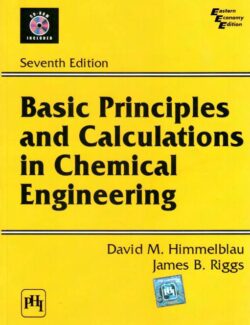

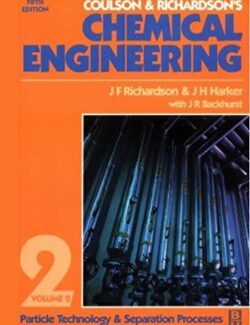

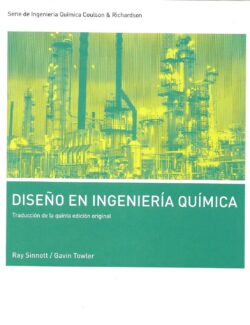
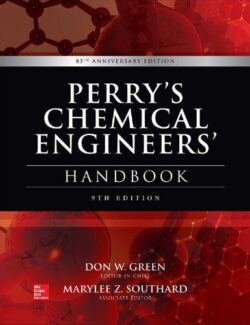
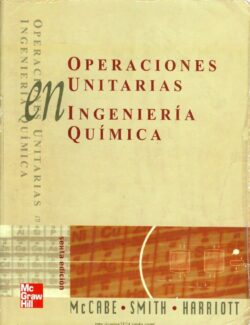
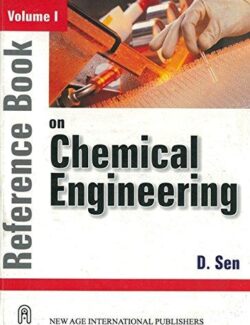
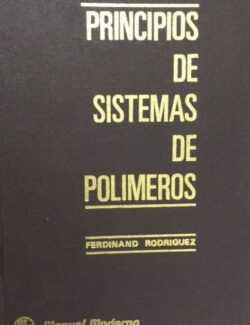
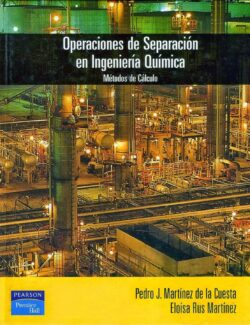



Déjanos un comentario
No hay comentarios